Miami Beach Sand Renourishment

Miami Beach, known for its stunning sandy beaches, has been undergoing sand renourishment projects for years. These initiatives involve adding sand to eroding beaches, aiming to protect the shoreline and maintain its attractiveness. However, the process is not without controversy. Critics argue that the sand used often comes from offshore sources, potentially disrupting marine habitats. Additionally, the temporary nature of such projects means they require frequent repetition, leading to concerns about sustainability. Environmentalists warn that altering the natural sand composition could affect local ecosystems. Despite these concerns, proponents highlight the economic benefits and protection against storm surges.
Brightline High-Speed Rail Extension (Miami to Orlando)

The Brightline high-speed rail extension promises to revolutionize travel between Miami and Orlando, reducing the journey time significantly. While the project aims to boost tourism and alleviate road congestion, it also faces environmental scrutiny. Constructing new tracks and stations involves land clearing, which could disrupt local wildlife habitats. Additionally, the noise pollution from high-speed trains poses a threat to sensitive ecosystems. Residents have raised concerns about the impact on the scenic beauty of Florida’s landscapes. Proponents argue the project will decrease car emissions by offering a public transport alternative. Balancing development with ecological preservation remains a challenge.
Port Everglades Expansion (Fort Lauderdale)

Port Everglades is a major economic hub in Fort Lauderdale, and its expansion is seen as a step towards increasing trade capacities. The project includes deepening and widening the port to accommodate larger ships, which has sparked environmental concerns. Dredging activities can disturb marine life, particularly coral reefs and seagrass beds. Environmentalists worry about the sediment plumes that could smother these sensitive habitats. Proponents of the expansion highlight the economic growth and job opportunities it could bring. The challenge lies in implementing mitigation measures to minimize ecological impacts while pursuing economic benefits.
Sea-Level Rise Barriers in Miami
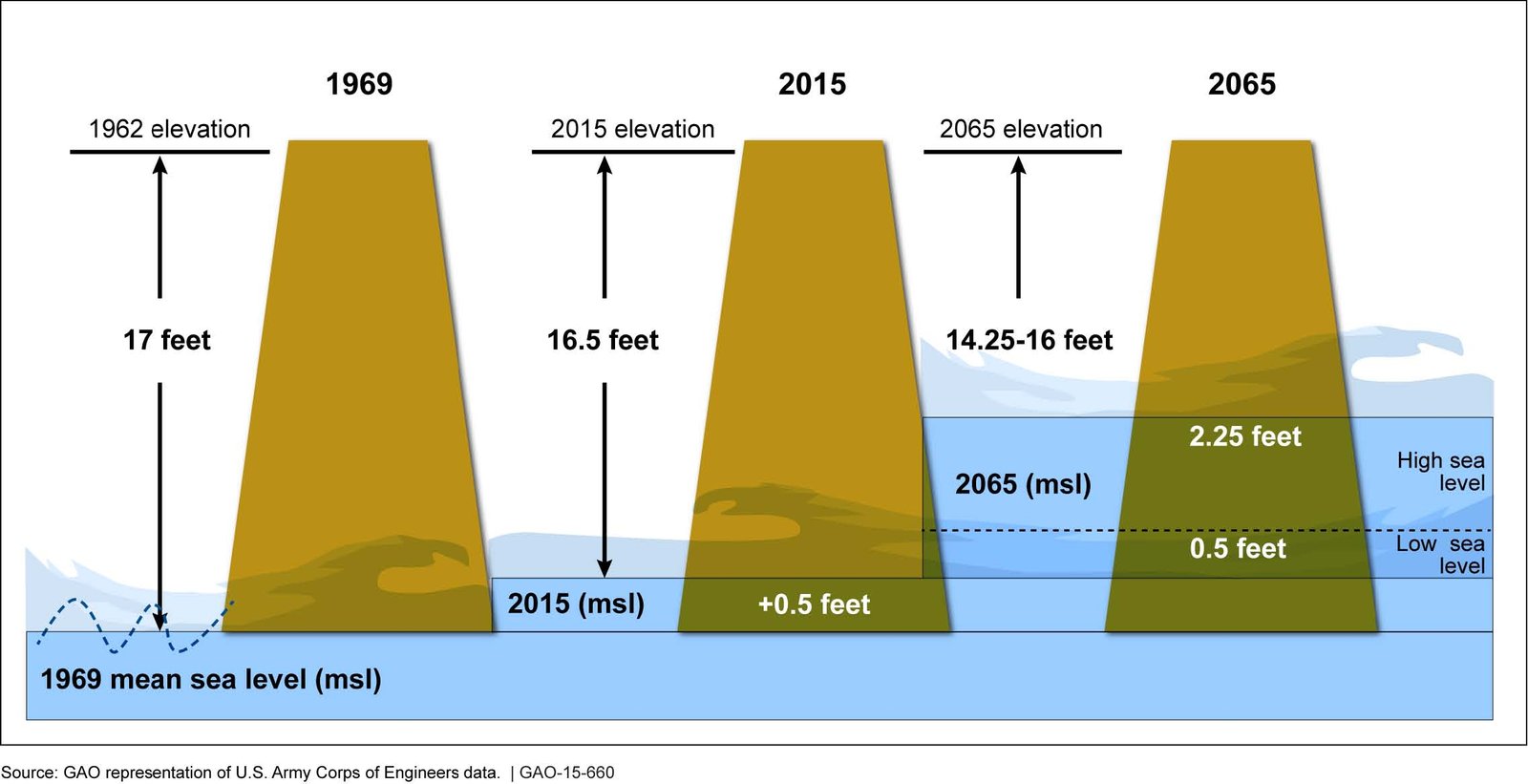
Miami is on the front lines of sea-level rise, prompting discussions about constructing barriers to protect against flooding. The barriers are designed to prevent saltwater intrusion and protect infrastructure. However, these structures can have unintended consequences on natural water flow and marine life. Critics argue that barriers may lead to water quality issues and disrupt the natural movement of sediment. The visual impact on Miami’s coastline also raises concerns among residents. Advocates emphasize the need for proactive measures to safeguard the city from future storm surges. Balancing engineering solutions with ecological integrity is crucial.
Destin Beach Restoration
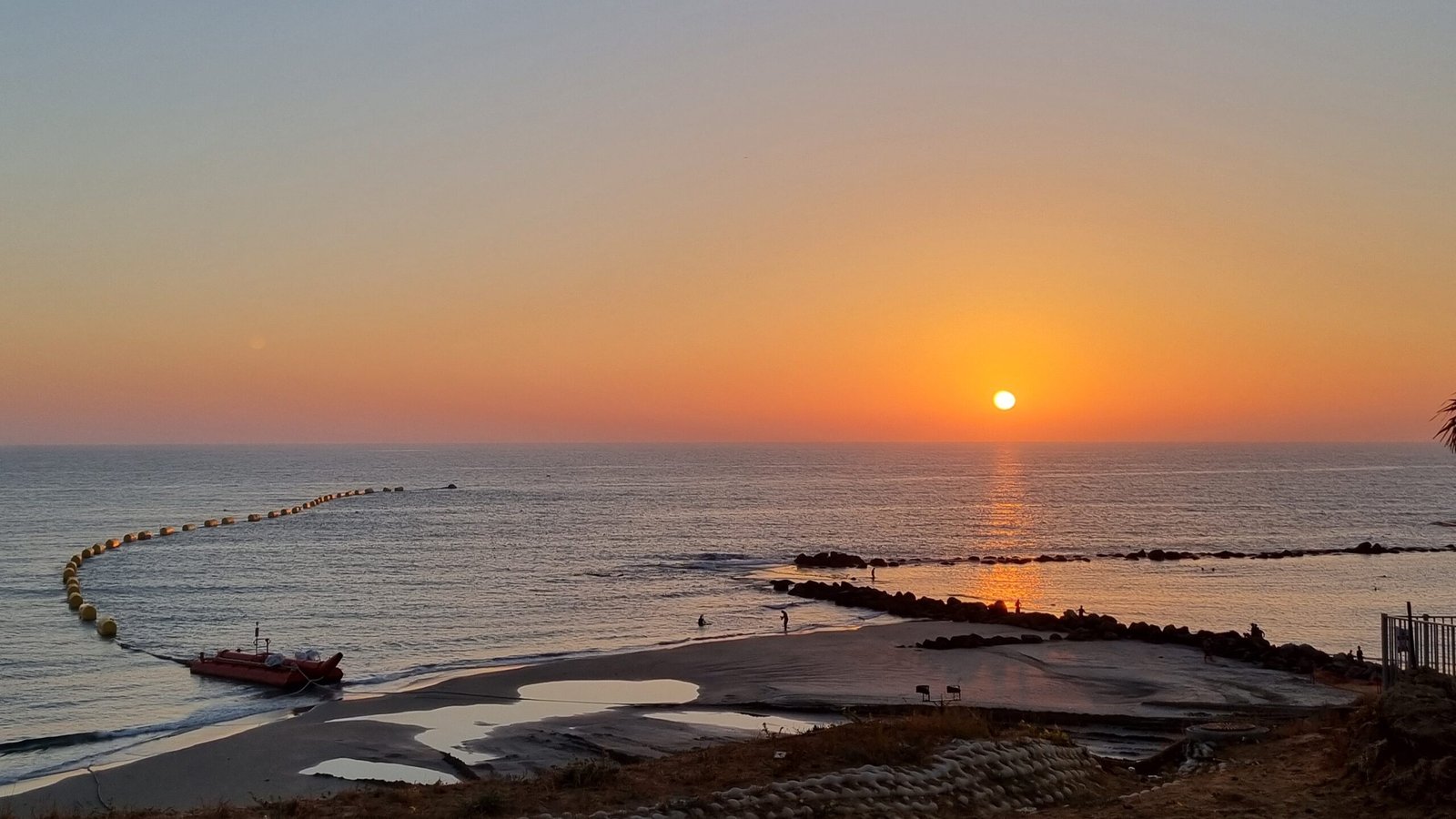
Destin Beach, renowned for its emerald waters and white sands, is facing beach erosion challenges. Restoration projects aim to replenish the sand and stabilize the shoreline. However, the sourcing of sand, often from offshore areas, can disturb marine ecosystems. The transportation and placement of sand also raise concerns about water turbidity and habitat disruption. Residents worry about the impact on local tourism and property values. Despite these concerns, the restoration is seen as vital for preserving Destin’s appeal as a tourist destination. Effective monitoring and management are essential to minimize environmental impacts.
Palm Beach Inlet Dredging
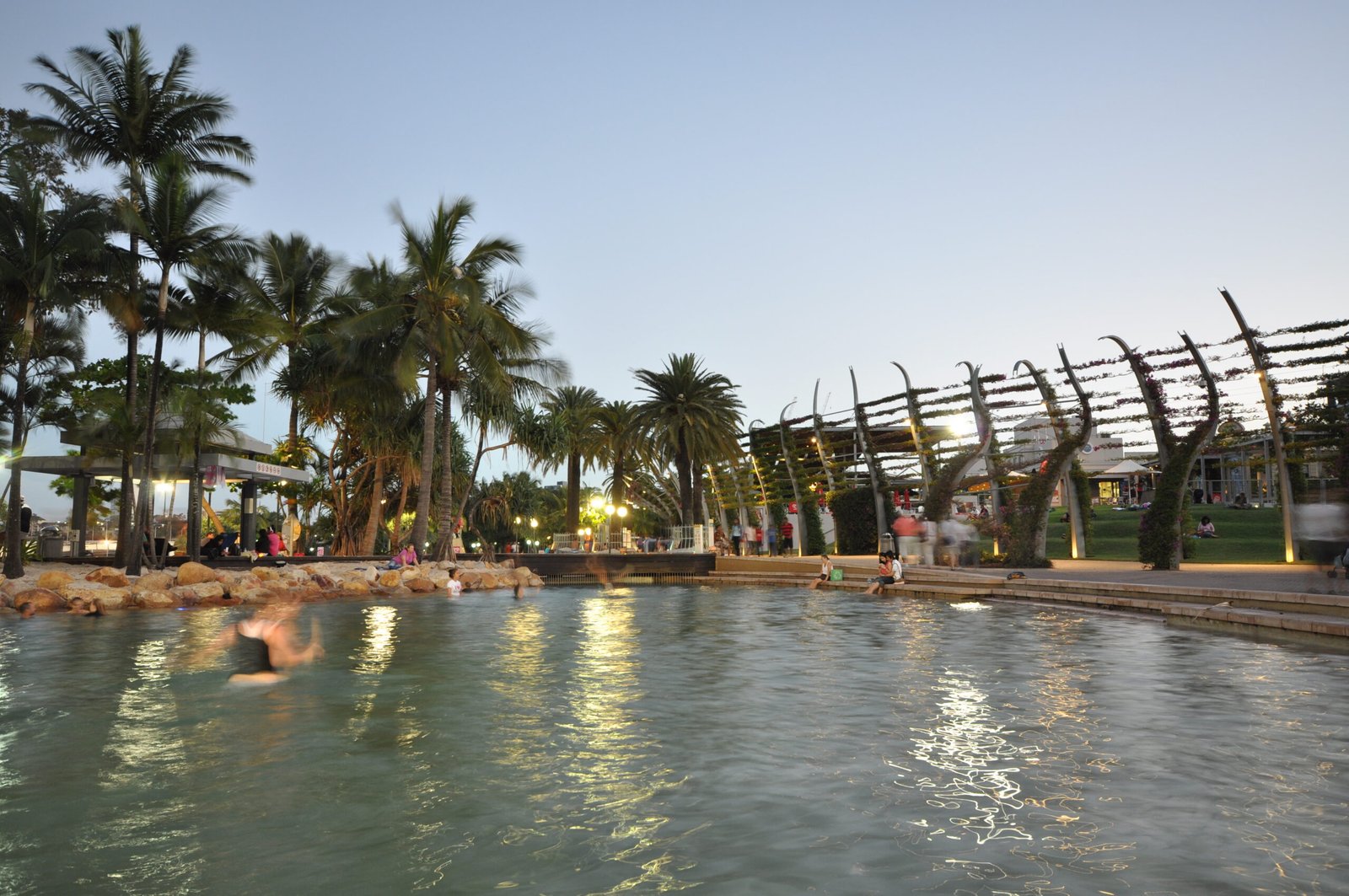
Dredging the Palm Beach Inlet is intended to improve navigability for vessels, supporting local commerce and recreation. However, the process involves removing sediment from the seafloor, which can harm marine habitats. The displacement of sediment can affect water quality and disrupt fish breeding grounds. Environmentalists voice concerns about the long-term impact on the inlet’s ecology. Proponents argue that dredging is necessary for maintaining safe navigation channels. Balancing economic benefits with environmental protection requires careful planning and monitoring.
Naples Beach Revetment Project

The Naples Beach revetment project involves constructing structures to prevent erosion and protect coastal properties. While revetments are effective in stabilizing shorelines, they can alter natural processes and impact marine life. Critics argue that hard structures may lead to beach narrowing and habitat loss. The visual impact on the natural beauty of Naples Beach is also a concern for residents. Proponents highlight the importance of safeguarding properties and infrastructure from storm damage. Ensuring that revetments are designed and installed with minimal ecological disruption is essential.
St. Augustine Beach Renourishment
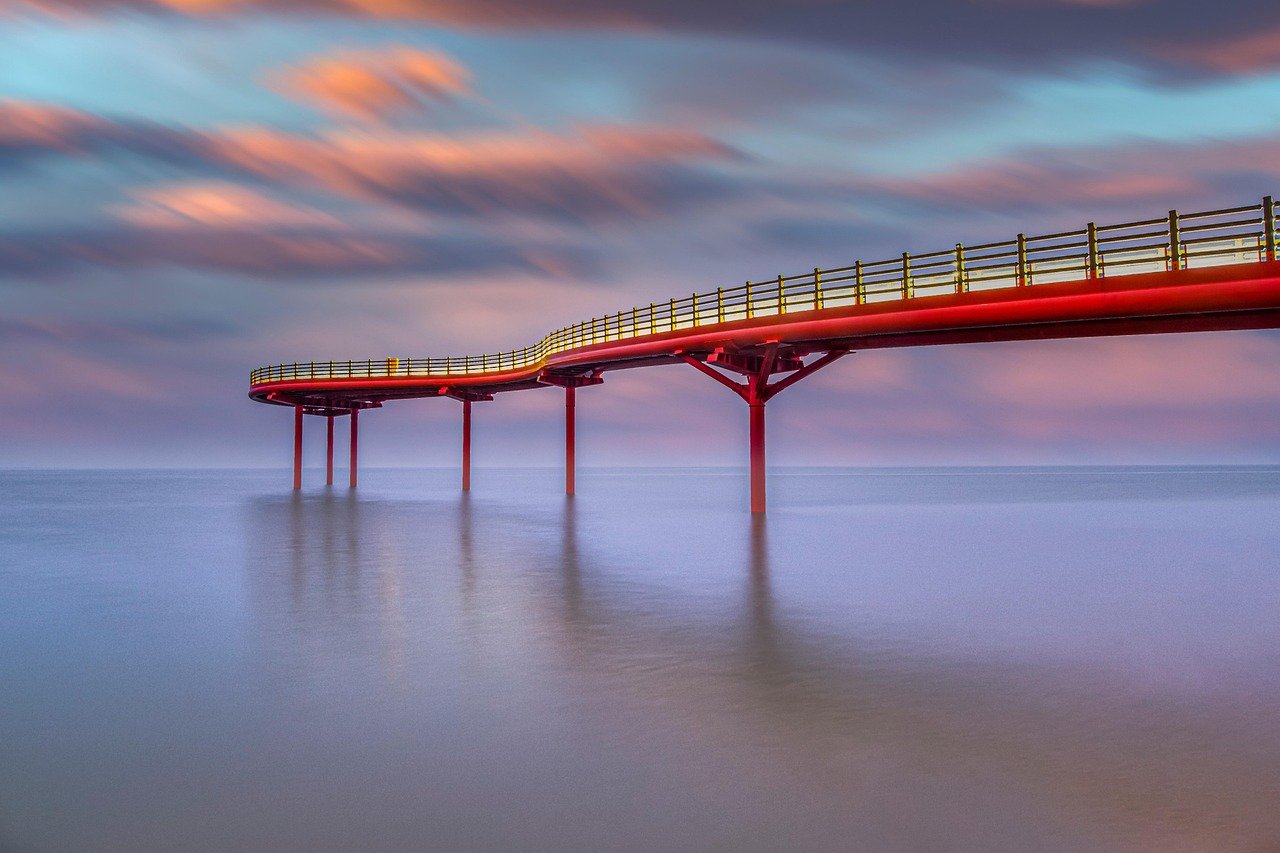
St. Augustine Beach, with its rich history and scenic beauty, is undergoing renourishment to address erosion. The project involves adding sand to the beach, but sourcing the sand can impact offshore ecosystems. The transportation and deposition of sand may lead to changes in water quality and habitat conditions. Residents are concerned about the impact on tourism and the beach’s natural charm. Despite these challenges, renourishment is seen as necessary to protect the coastline from storms and rising seas. Monitoring and adaptive management are crucial to minimize ecological impacts.
Flagler Beach Seawall Proposal

The proposal to build a seawall at Flagler Beach aims to protect against erosion and storm damage. However, seawalls can have negative effects on natural coastal processes and habitats. Critics argue that hard structures may lead to beach narrowing and loss of public access. The visual impact on the scenic beauty of Flagler Beach is also a concern for residents. Proponents emphasize the need for effective protection against coastal hazards. Balancing the need for protection with preserving the natural character of the beach requires careful planning.
Panama City Beach High-Rise Developments
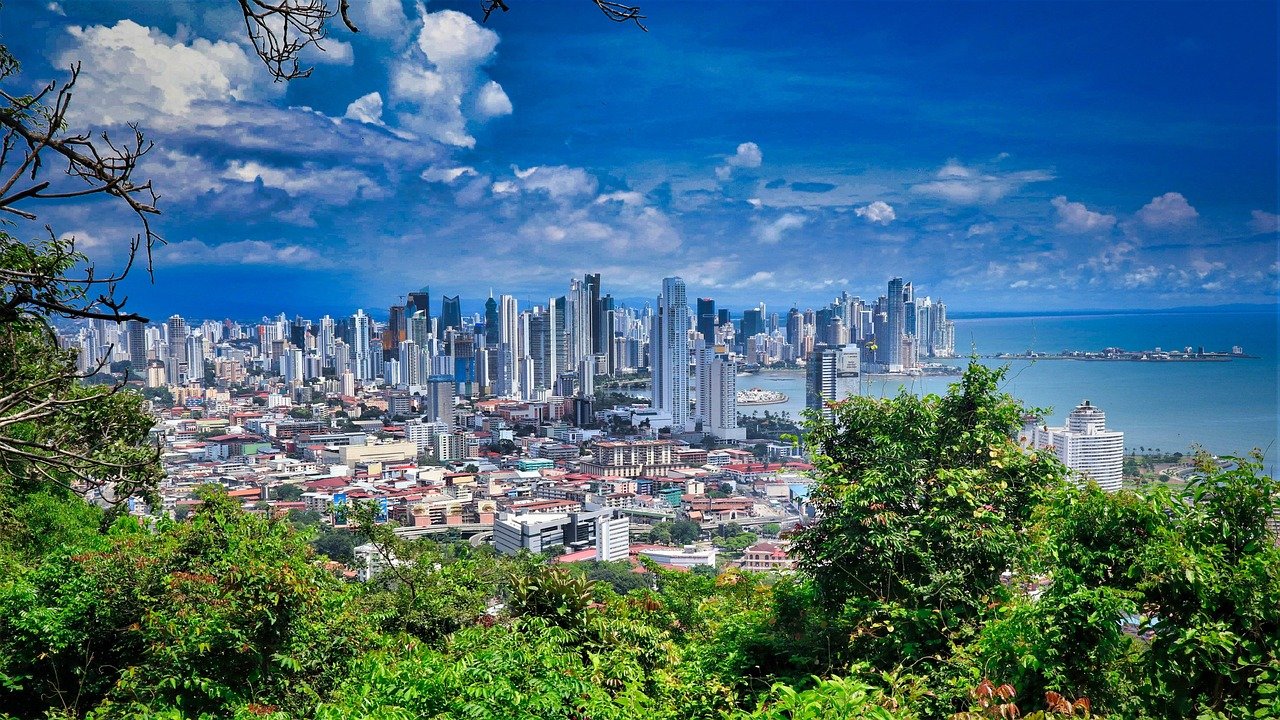
Panama City Beach is experiencing a boom in high-rise developments, driven by tourism and real estate demand. However, these developments can impact coastal ecosystems and alter the skyline. Critics argue that high-rises may lead to increased runoff and pollution, affecting water quality. The visual impact on the beach’s natural beauty and the potential for habitat disruption are also concerns. Proponents highlight the economic benefits and increased accommodation options for tourists. Balancing development with environmental preservation is essential to maintain the area’s appeal.
Cape Canaveral Beach Erosion Control
Cape Canaveral is implementing erosion control measures to protect its beaches and infrastructure. These measures include beach nourishment and dune restoration, aimed at stabilizing the shoreline. However, sourcing sand and altering natural processes can impact marine ecosystems. Critics argue that the temporary nature of such projects requires ongoing intervention. The visual impact on the beach’s natural character is also a concern for residents. Proponents emphasize the need for proactive measures to protect against storm damage and rising seas. Effective monitoring and adaptive management are crucial to minimize environmental impacts.
Siesta Key Beach Development
Siesta Key Beach is facing development pressures, driven by tourism demand and real estate interests. However, development can impact local ecosystems and alter the beach’s character. Critics argue that increased construction may lead to habitat loss and changes in water quality. The visual impact on the beach’s natural beauty is also a concern for residents. Proponents highlight the economic benefits and increased accommodation options for tourists. Balancing development with environmental preservation is essential to maintain Siesta Key’s appeal.
Fort Myers Beach Revitalization
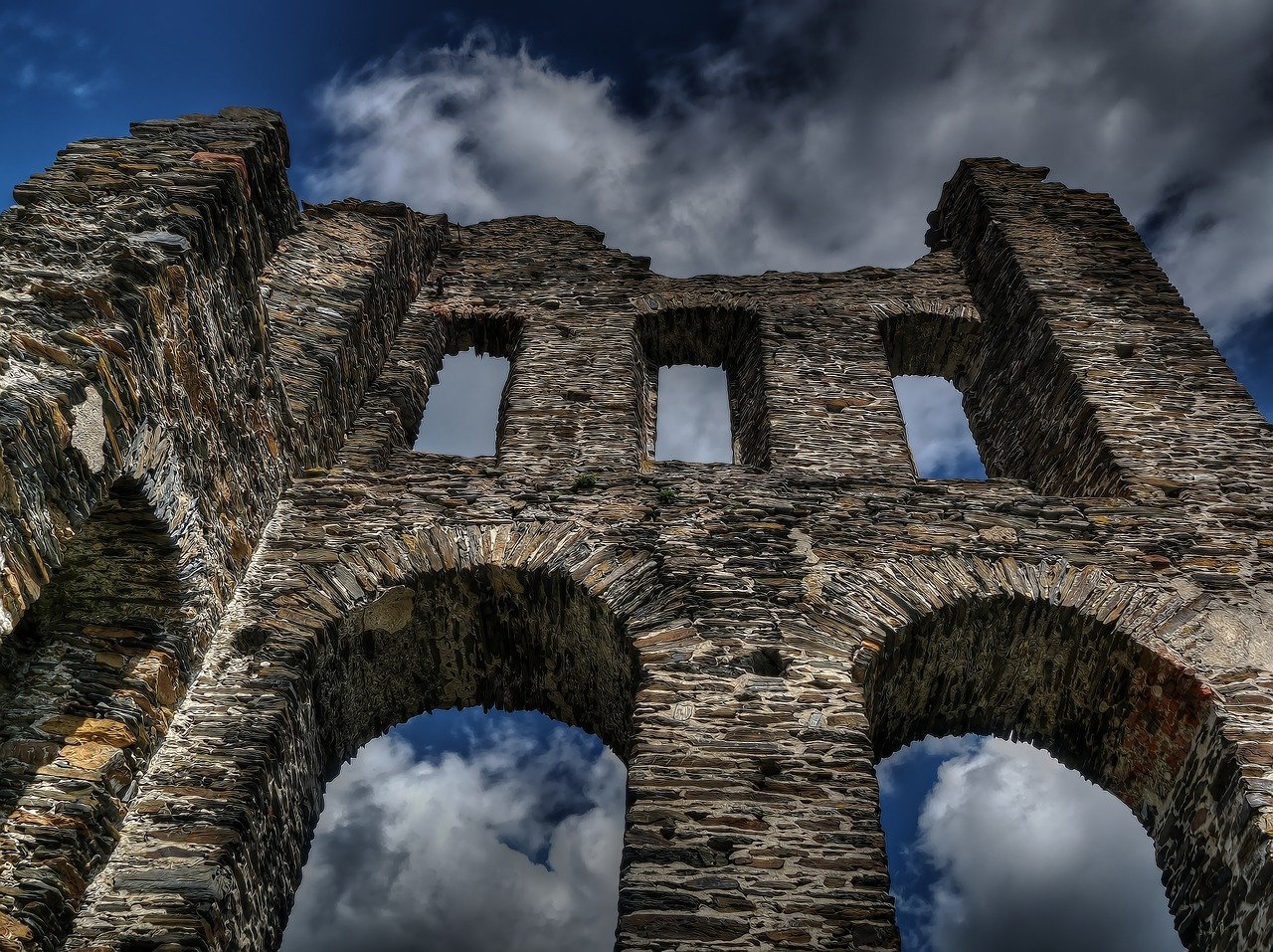
Fort Myers Beach is undergoing revitalization efforts to enhance its appeal as a tourist destination. The projects include infrastructure improvements and beach nourishment, aimed at stabilizing the shoreline. However, sourcing sand and altering natural processes can impact marine ecosystems. Critics argue that the temporary nature of such projects requires ongoing intervention. The visual impact on the beach’s natural character is also a concern for residents. Proponents emphasize the need for proactive measures to protect against storm damage and rising seas. Effective monitoring and adaptive management are crucial to minimize environmental impacts.
Key West Cruise Ship Docking Expansion
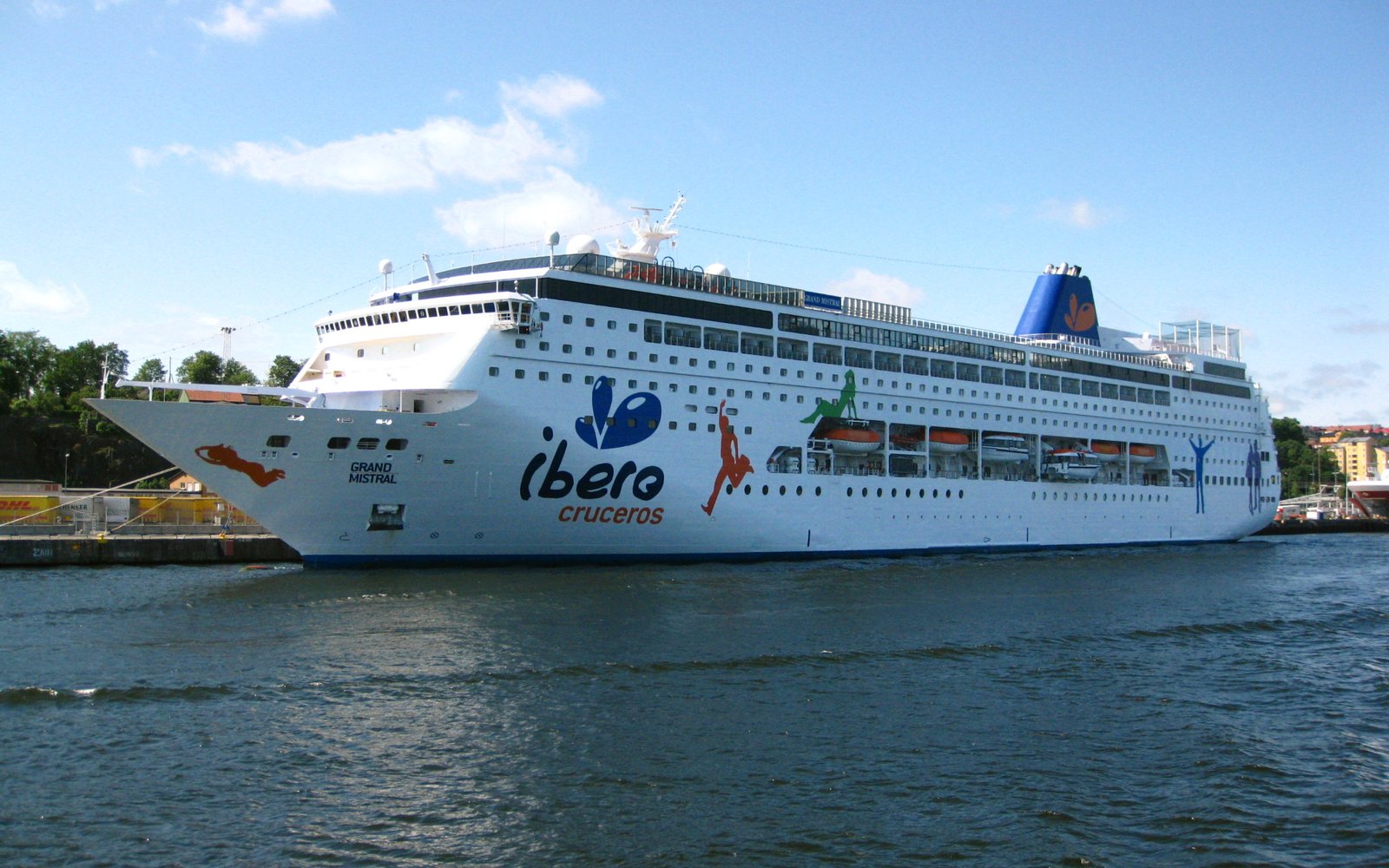
The expansion of cruise ship docking facilities in Key West is aimed at accommodating larger vessels and boosting tourism. However, the project raises environmental concerns, particularly about coral reefs and water quality. Critics argue that increased ship traffic may lead to pollution and habitat degradation. The visual impact on the scenic beauty of Key West is also a concern for residents. Proponents highlight the economic benefits and increased tourism revenue. Balancing economic growth with environmental protection is crucial to preserve Key West’s unique character.
Hutchinson Island Sand Mining
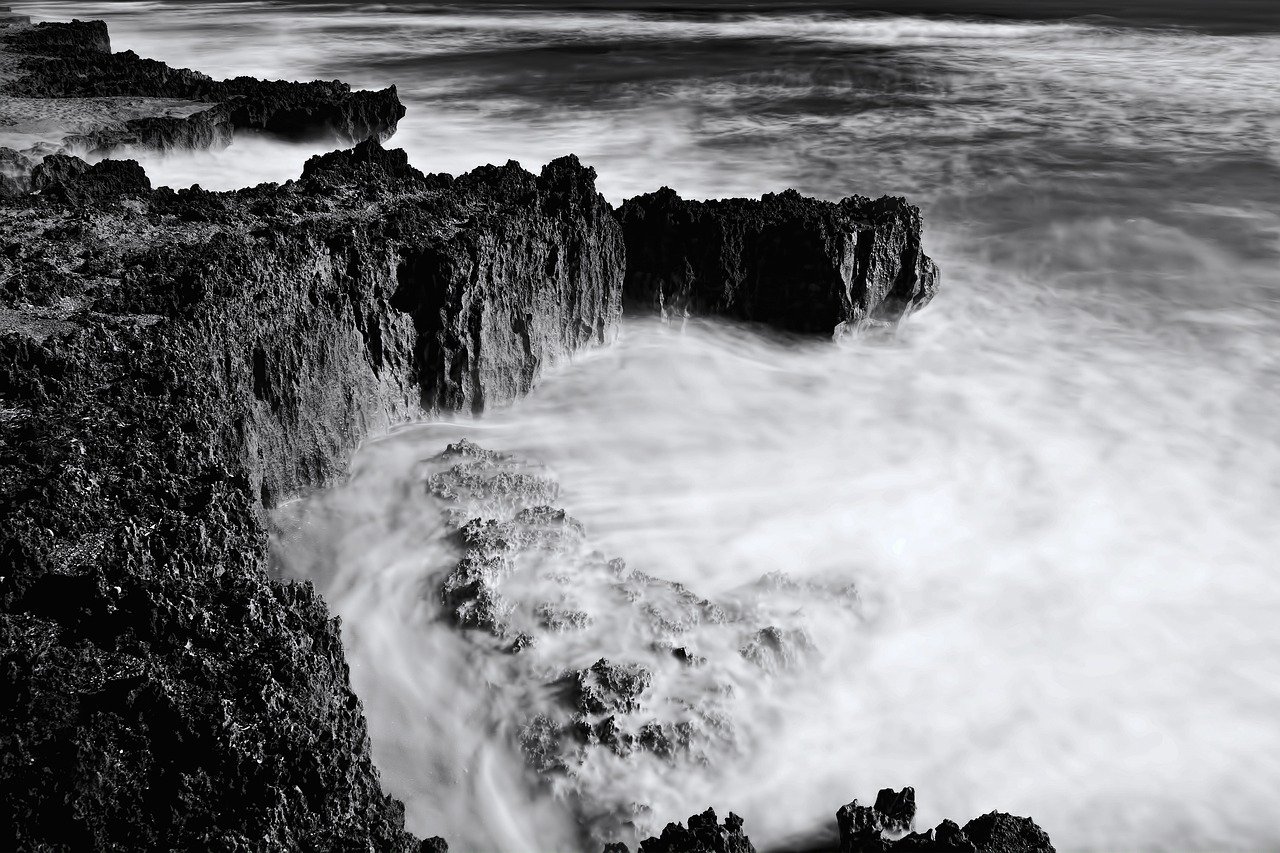
Hutchinson Island is facing sand mining activities, driven by demand for construction materials. However, mining can impact local ecosystems and alter the island’s natural beauty. Critics argue that sand extraction may lead to habitat loss and changes in water quality. The visual impact on the island’s character is also a concern for residents. Proponents highlight the economic benefits and increased availability of materials for construction. Balancing resource extraction with environmental preservation is essential to maintain Hutchinson Island’s appeal.
